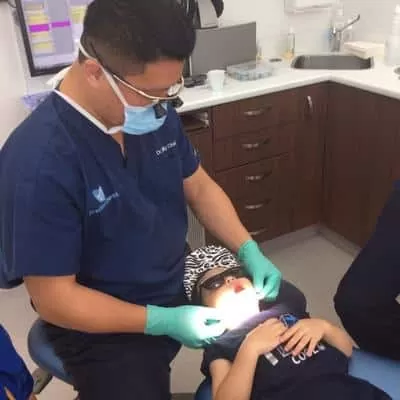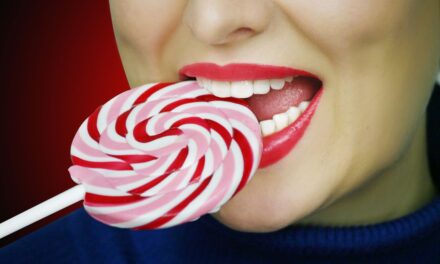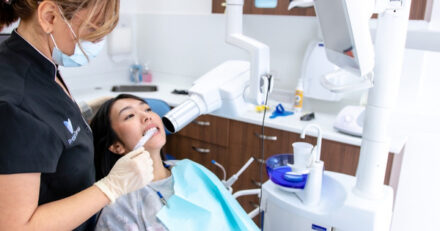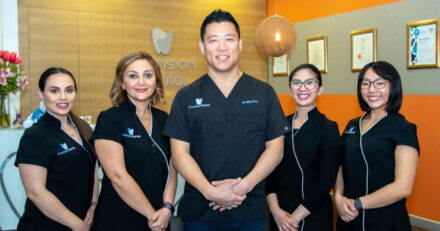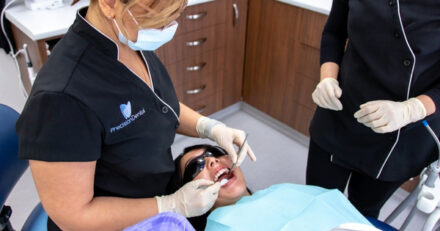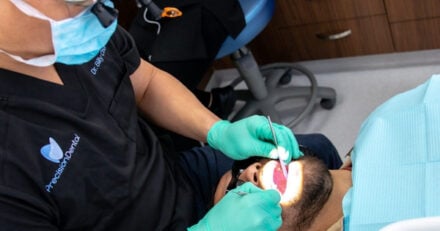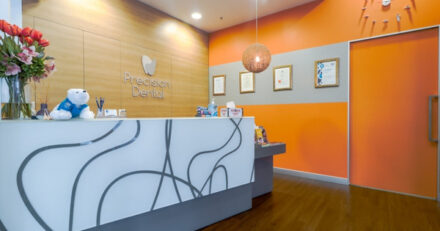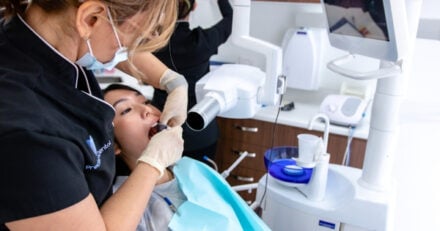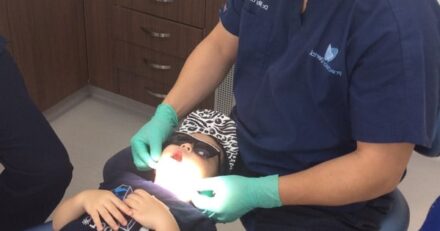Lollies Are Damaging Enough To Oral Health – Make It Sour And It’s A Wrecking Ball

It has to be said that there’s a fair bit of lolly in it.
According to American lawyer and lexicographer Norman W. Schur (1907-1922), his book British English from A to Zed: A Definitive Guide to the Queen’s English, cites ‘lolly’ as the derivative of the onomatopoeia of sucking.
That seems a bit of a stretch. Something Australia’s divided tribes of Snakes stretchers, biters, splitters and nibblers may possibly all agree on if the 2018 first ever Allen’s Lolly Lovers Index that delved into the ways the country consumes its favourite lollies were to run a poll.
What the countrywide research did find is that Snakes separate the nation into 36% biters, 34% stretchers. There’s no mention of what the other 30% of Snakes eaters do (a split of splitters and nibblers maybe), but it’s further divide by the sexes: 40% of women stretch; 31% of men bite.
It’s encouraging that they still have the choppers for it.
To Americans of course, it’s all ‘candy’ – an uncountable noun for anything that’s primarily sugar, including chocolate. From the French sucre candi meaning crystallised sugar, its root the Sanskrit khanda – ‘piece of sugar’ – and also (confusingly) both a symbol of the Sikh faith and a double-edge sword.
Which is surely what sugar is.
Crushing sugar cane was happening in India around 400 AD, with mystical healing abilities attributed to it. Even today, sugar has demonstrated usefulness in the healing of some wounds, and oral rehydration therapy – a mix of sugar and salt water – is a lifesaving treatment for more than half a million Third World babies a year.

It seems likely, however, that the word ‘lollipop’ is perhaps related to loll – the verb ‘to dangle the tongue’ and pop meaning ‘to strike or slap’.
A slap in the teeth, absolutely; given what lollies and candies do no matter what you call them. The history of sugar is not so sweet either: essentially it’s the food that nobody needs, and everyone seems to crave.
Sugar production occupies so much land worldwide for so little human benefit. It’s a global health crises centuries in the making and it’s now in foods that shouldn’t even have it. Immunologists cite it as the most detrimental ingredient for your health.
Humans have been enamoured by the combination of sweet and sour since Ancient Egyptians honeyed up tamarind. Fast forward to the Industrial Revolution and the discoveries of malic and tartaric acids intensified tanginess in the mass production of confectionary.
For something that leaves a sour taste, it sure didn’t leave a sour taste.
Throughout the 20th century, sour lollies evolved and expanded. Sour gummies, straws, belts and even sprays punched and salivated taste buds worldwide. New techniques and more acids blew Warheads and Toxic Waste way past the world of treats to an extreme sport.
And with that, a whole new set of lolly-related injuries.
Headache, jaw-breaker ache, stomach ache and sugar insomnia are amateur sucker ailments – sour lollies have been known to produce horrific chemical burns.
It’s a confectionery with an acidity level similar to battery acid that has a pH level of 1. Water sits at 7; anything less than 4 begins to erode tooth enamel. Pure vinegar is typically 2.5. These lollies have a pH level between 3 and 1.6.
All bad enough – but nothing in comparison to 2015 when 7-year-old Australian boy Lachlan Canak burned a hole in the surface of his tongue from a Warheads Junior Extreme Sour lolly. By 2021 Aussies still weren’t learning the lesson when 4-year-old Willow Wright suffered a similar acid burn after pilfering ten of her brother’s Warheads and disposing of the evidence in quick succession.
And these are just the ones that happened on a slow news day.
Unfortunately it’s none surprising to dentists who are seeing the tooth and soft tissue damage these popular ‘treats’ produce. Some of these tartaric, malic, fumaric, and ascorbic acid burns have been bad enough to require medication.
Milk, cheese and yoghurt can help neutralise the pH, protect tooth enamel and possibly sooth the pain and rawness, but clearly it has to be the most unnecessary ‘fun food’ a kid can have. Label warnings are all well and good but the small print suggests nobody really cares – indulgence is much more important.
Currently, Australian Consumer Law has no such general safety provision for any manufacturer’s compliance. The best you get is the ‘recommendation’ to not give them to children under the age of four – because of the choking hazard, not because they’re blocks of battery acid in a flashy pack.
How they’re any better for a 5-year-old is anyone’s guess.
With TNT’s Mega Sour Grenade warning “In case of eye contact flush with clean water” you really have to wonder how it’s classified as a food product when it’s not a jalapeño.
Toxic Waste Hazardously Sour recommends five pieces as a serving size, and challenges purchasers to see how long they can keep one in their mouth.
Sixty seconds crowns the title of ‘full toxie head’ – 15 seconds gives the branding of a ‘total wuss’.
It’s a challenge and it’s marketing: the small print warning at the bottom of the packet is a token gesture. Much like a famous breakfast cereal brand still producing blue coloured Froot Loops. Banned in Australia, New Zealand, England and the EU, this food colouring (also known as 133, E113, or brilliant blue FCF) is a known carcinogen.
Derived from petroleum and linked to allergic reactions, asthma, gastrointestinal issues, hyperactivity, and a suspected mutagen, somehow it’s okay for Americans to scarf it down, along with hydrogenated cottonseed oil Ritz biscuits – a prohibited product in other countries.
It’s ultra-processed food insanity that continues with the EU banning titanium dioxide. This white colouring pigment, known to cause inflammation and colon tumours since at least 2015, is approved for use in everything from corn chips to instant noodles and toothpaste on Canadian, Kiwi, Brit and Aussie supermarket shelves.
Gone are the days when the adverse affects of lollies were limited by being a weekly treat, rather than a daily demand. By their very nature they’re never going to be healthy but they absolutely should be safe.
If sour lollies were a song, it’s Steve ‘n’ Seagulls Reckless Wrecking Ball. They cause mouth blisters, acid burns, bleeding, irreversible tooth enamel damage, and irritate the lining of the stomach. Alcohol abuse does that, and were that to happen to a child in the presence of an adult, the relevant authorities would be notified.
Claims that sour lollies are an antidote for anxiety and panic attacks because of the distraction of the intense taste is trendy TikTok tosh. It’s not a sustainable technique by any stretch (of Snakes) and flicking a wrist elastic achieves the same result. More likely it’ll create a useless and unhealthy crutch – two of which would help drag you between the multiple jobs needed to pay for your kid’s continuing dental treatments.
In her 2014 book Goddess, Australian author Kelly Gardiner writes about disappointment having a horrible taste “the way it burns the tongue like sulphur and turns your belly to acid.” Were truth in advertising a thing, she’d’ve had a sweet gig.
The content has been made available for informational and educational purposes only. Precision Dental does not make any representation or warranties with respect to the accuracy, applicability, fitness, or completeness of the content.
The content is not intended to be a substitute for professional personal diagnosis or treatment. Always seek the advice of your dentist or another qualified health provider with any questions you may have regarding a dental or medical condition. Never disregard professional advice or delay seeking it because of something you have read or seen on the Site.
Services We Mentioned:
